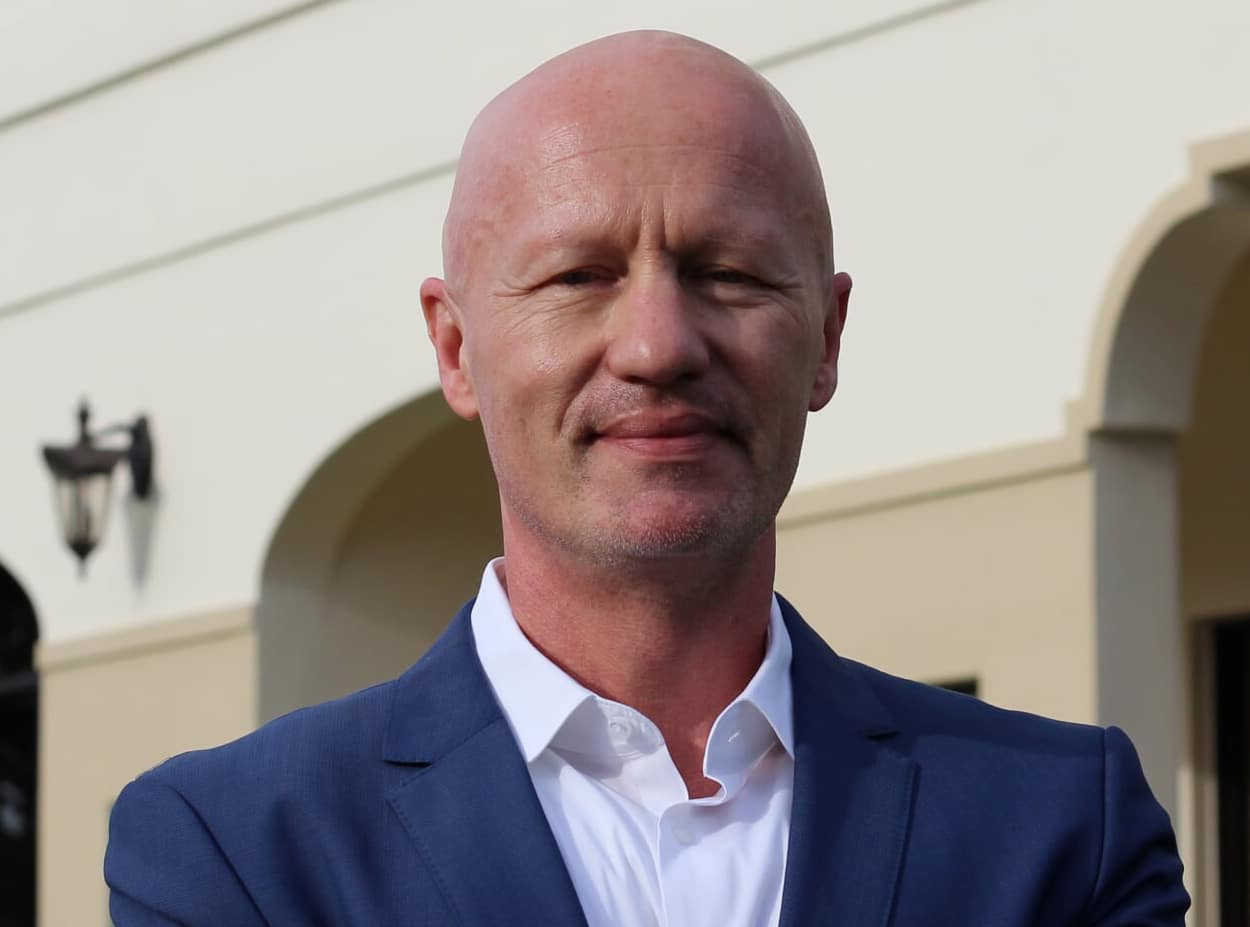In the realm of conflict resolution and mediation, understanding the complexities of high-conflict personalities (HCPs) and cluster B personality disorders is crucial. While these terms may seem similar, they have distinct characteristics and implications. In this blog post, we will delve into the differences between HCPs and cluster B personality disorders. Therefore, it sheds light on their unique traits, diagnostic criteria, treatment approaches, and applications.
The Emergence of High-Conflict Personalities: Bill Eddy, a lawyer, therapist, and mediator, introduced the concept of High-Conflict Personalities. This was introduced as a practical framework for professionals to manage and de-escalate high-conflict situations. This is due to extensive experience in legal disputes and family conflicts. Thus, Eddy recognized the need for a concept that helps understand individuals who consistently engage in destructive conflict patterns.
Understanding High-Conflict Personalities: High-Conflict Personalities (HCPs) exhibit various behaviors and characteristics that make them prone to conflict. These individuals tend to blame others, struggle with accepting personal responsibility, and have extreme emotional reactions. They also engage in black-and-white thinking and escalate conflicts. Eddy’s framework provides professionals with valuable insights into the behavior and dynamics of individuals with high-conflict tendencies.
Cluster B Personality Disorders: Cluster B personality disorders are recognized psychiatric diagnoses in the Diagnostic and Statistical Manual of Mental Disorders (DSM-5). This cluster includes four distinct personality disorders, each with its own set of diagnostic criteria:
- Antisocial Personality Disorder (ASPD): Individuals with ASPD disregard the rights of others, act impulsively, and lack empathy. Their behaviors often violate societal norms and the rights of others.
- Borderline Personality Disorder (BPD): BPD is characterized by instability in relationships, self-image, and emotions. Individuals with BPD experience intense and rapidly shifting emotions and have fears of abandonment. They also tend to engage in impulsive and self-destructive behaviors.
- Narcissistic Personality Disorder (NPD): NPD is defined by a pervasive sense of grandiosity, an excessive need for admiration, and a lack of empathy for others. Individuals with NPD often have an inflated sense of self-importance. Thus, they believe they are unique and deserve special treatment.
- Histrionic Personality Disorder (HPD): HPD involves excessive emotionality and a need for attention. Individuals with HPD may feel uncomfortable when they are not the center of attention. Because of this, they often use their physical appearance to draw attention to themselves.
Distinguishing High-Conflict Personalities from Cluster B Personality Disorders: While there may be some overlap in the observed traits and behaviors, several key distinctions set HCPs apart from Cluster B personality disorders:
- Formal Diagnosis: Cluster B personality disorders require meeting specific diagnostic criteria outlined in the DSM-5. On the other hand, HCP is not a formal diagnosis but a framework for understanding individuals prone to high-conflict behaviors.
- Treatment Approach: Cluster B personality disorders are typically treated with psychotherapy and, in some cases, medication, aiming to manage and reduce symptoms. In contrast, HCPs are addressed through conflict resolution and communication strategies. Therefore, focusing on managing their behavior in conflict situations rather than treating underlying personality disorders.
- Scope of Application: The concept of HCPs is widely used in conflict resolution, legal, and mediation contexts to manage conflicts. Cluster B personality disorders, however, primarily fall within the domain of mental health and clinical psychology for diagnosis and treatment purposes.
Thanks to the pioneering work of Bill Eddy, the concept of High-Conflict Personalities has become an invaluable framework for professionals. Because the framework aids in conflict resolution and mediation. By recognizing the traits and behaviors associated with HCPs. These practitioners can better understand and manage the behavior of individuals prone to high-conflict tendencies. It is important to distinguish between HCPs and Cluster B personality disorders. This is because the latter requires formal diagnosis and treatment within the mental health domain. By understanding these distinctions, professionals can navigate conflicts more effectively and provide appropriate support and interventions for individuals with high-conflict tendencies or cluster B personality disorders.

THERE IS NO LIFE ISSUE THAT I CANNOT SHOW YOU HOW TO MANAGE.
Naples Counselor - Dr. Udo Fischer
In a comfortable and supportive atmosphere, I offer a highly personalized approach tailored to each of my clients individual needs to help attain the personal growth they’re striving for.


Recent Comments